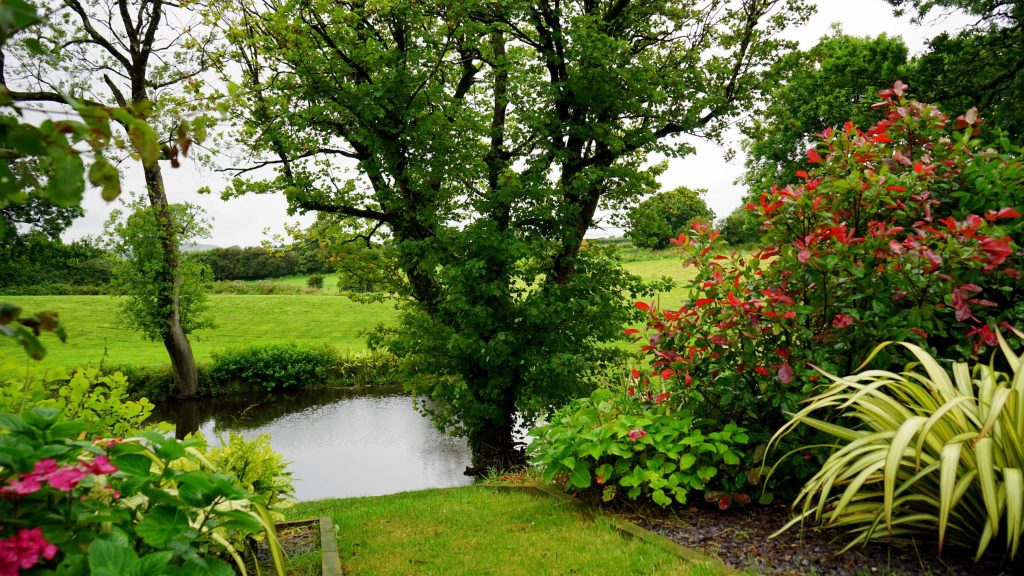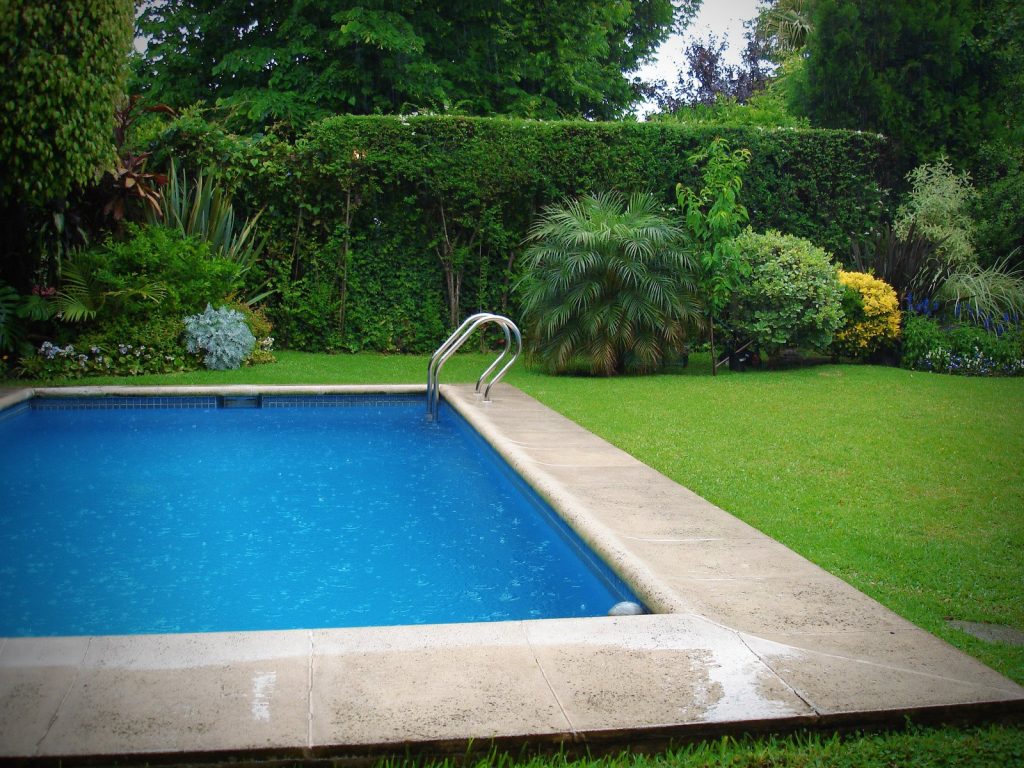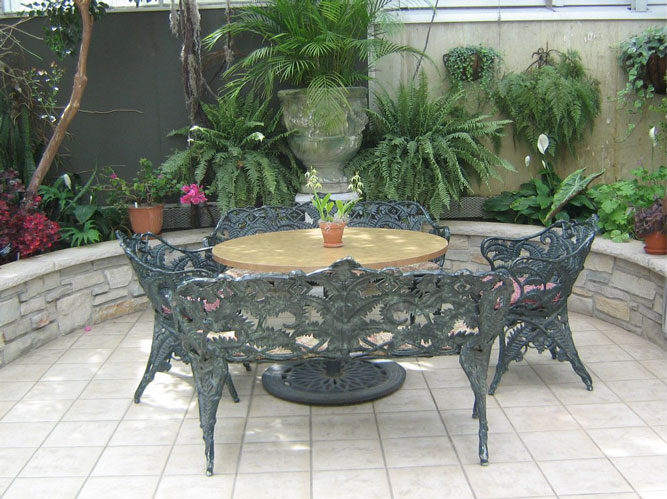Garden drainage, especially in Britain, can be a nightmare during cold and wet weather. Once sloshy and slippery, mud can become solid and further drainage issues. Worry not, as there are ways to deal with this issue and transform your waterlogged garden into a usable space.
While cold and wet weather is inevitable, it’s not the sole contributor to poor garden drainage. Factors like a downpipe allowing rainwater to flow freely can worsen the situation, leading to waterlogged ground.
A waterlogged garden is essentially unusable, presenting challenges for homeowners. However, there are straightforward measures to enhance garden drainage, minimizing the impact on your living space. The repercussions of a waterlogged garden, such as potential damage to property foundations, may come as a surprise.
Addressing concerns like rotting timber, uneven patio slabs, and rendered garden space can be done cost-effectively. So, what else can be done? Let’s delve into the solutions!
Table of contents
- How do I know I need to improve garden drainage?
- So, what causes garden drainage issues?
- What else do I need to remember about garden drainage?
How do I know I need to improve garden drainage?
Massive puddles aren’t the only indicator of poor drainage problems. You might also notice the lawn feeling a bit squelchy. Perhaps it’s oozing water whenever you take a step. So, let’s dive in and find other ways to test and confirm if your garden needs drainage improvements.
What garden drainage tests can be done?
Here’s a neat and simple way to learn if your garden is suffering in wet weather. All you need to do is grab a shovel and dig a 60cm hole in your garden. Then fill it with water and return after four hours. If it’s still waterlogged, it’s time to address your garden drainage.

So, what causes garden drainage issues?
There are several reasons why your garden is turning into a waterlogged mess. Let’s explore common problems and practical solutions.
Problem: The garden is in an unfavourable position on a hill or in a valley
If your garden is at the bottom of a hill or in a valley, rainwater from higher ground (like a neighbouring garden) can wreak havoc. Especially if the ground is frozen, hard or clay soil. Over time, this leads to the ground having more water than normal to contend with, causing major drainage problems.
The solution? Invest in a professional garden drainage system like an attenuation set-up or soakaway system (depending on the soil). If you do decide to move forward with this, it’s important to have the system installed by a professional. This is because the process can be complicated, which could lead to the problem becoming worse. Your actions (even if they are accidental) could also risk breaking the law.
Problem: Incorrectly installed water features
Believe it or not, improperly installed features like a swimming pool can lead to excessive water flooding. Check for leaks from pools, ponds or uneven patio slabs and correct any installation mishaps to avoid drainage nightmares.
Need an example? Well, if your swimming pool isn’t correctly installed, this can lead to a horrendous amount of water flooding the lawn. It’s also worth asking your neighbours if you have concerns about their own water features.

Problem: Uneven surfaces like patio slabs
Poorly laid surfaces, like a wonky patio, can direct water in the wrong direction. This issue can lead to pools of water taking form in the troughs between slabs. The fix? Take it up and start again for a smooth, water-friendly surface. If you hired a professional who also fitted your driveway, it’s worth having that checked out, too, preferably at the same time.

Problem: Disconnected guttering and downpipes
Damaged or broken guttering and downpipes can send water straight into your garden. Although not an initial problem in brighter weather, it can easily become one during heavy rainfall when the water flow increases dramatically.
So how do you deal with this one? In a few ways. You can connect them to your channel drainage or invest in a rainwater harvesting system, if there is a large amount of excess water, for a sustainable solution. A rainwater harvester is great because the excess water can be recycled for your garden or home – ideal if you’re looking to save on home bills.

Problem: There is clay soil
Clay soil doesn’t let water drain easily. The remedy? A drainage system professionally designed to redirect or store excess water, such as a water attenuation.
Why not a soakaway? Well, soakaway systems won’t work because they eventually clog up themselves as the clay is too densely packed for water drainage.
What else do I need to remember about garden drainage?
Before you choose a drainage solution, check you can go ahead with it via your local authority. Some areas restrict the use of systems due to water protection regulations. Avoid fines by ensuring your chosen method aligns with local guidelines.
So, there you have it – a friendly guide to reclaiming your garden from the clutches of waterlogging. Don’t let the weather dictate your garden enjoyment; take control of your garden drainage and enjoy a dry, happy outdoor space.





